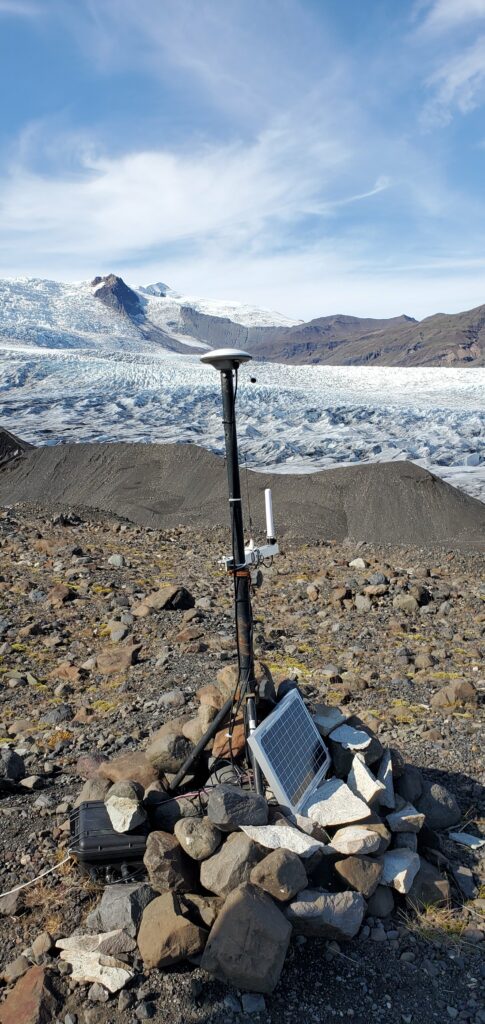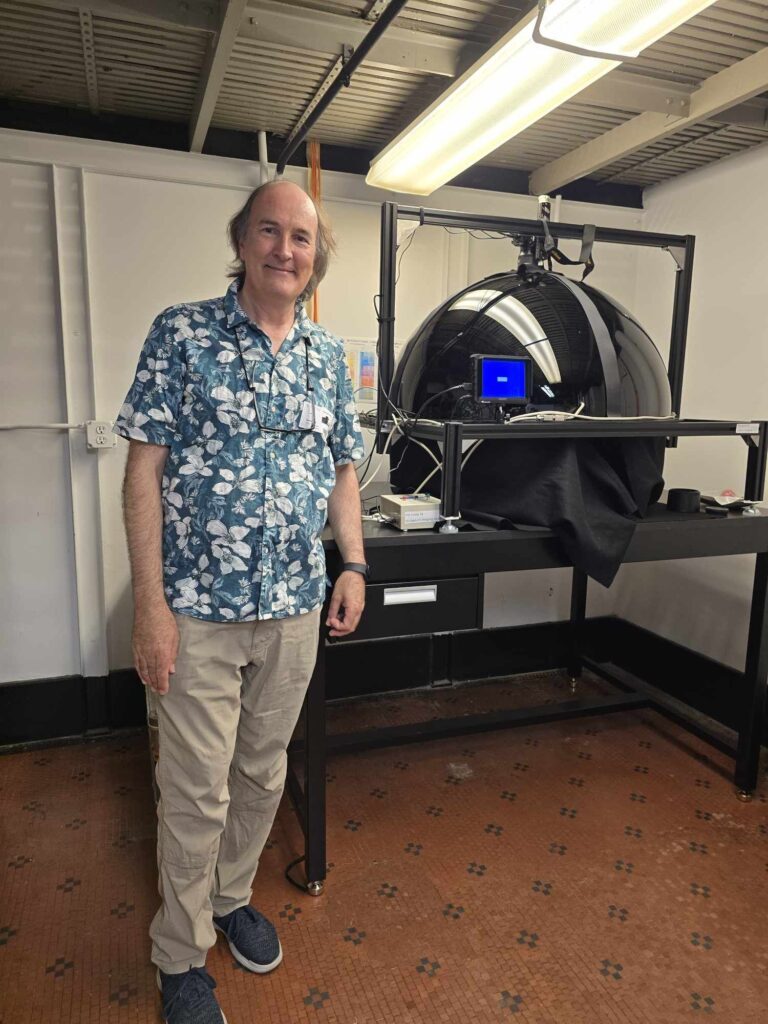


JC is finalising nip4 – the successor to his incredible image processing spreadsheet. Not only is it useful for viewing massive multispectral or colorimetric images – but also for saving experiments or prototyping.
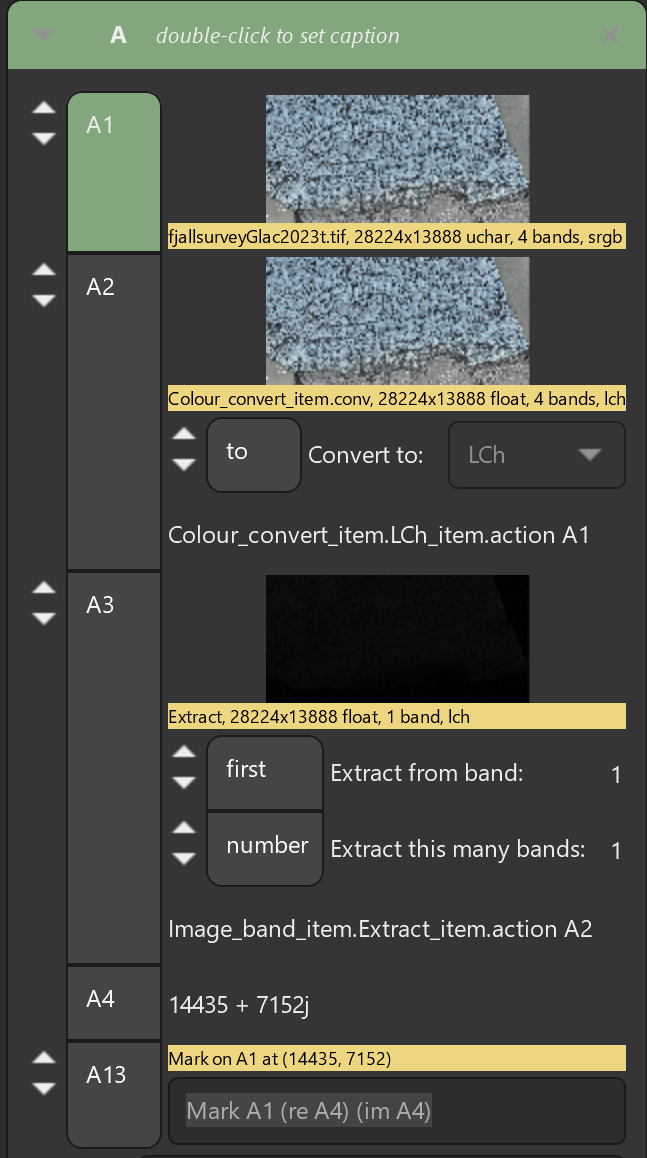
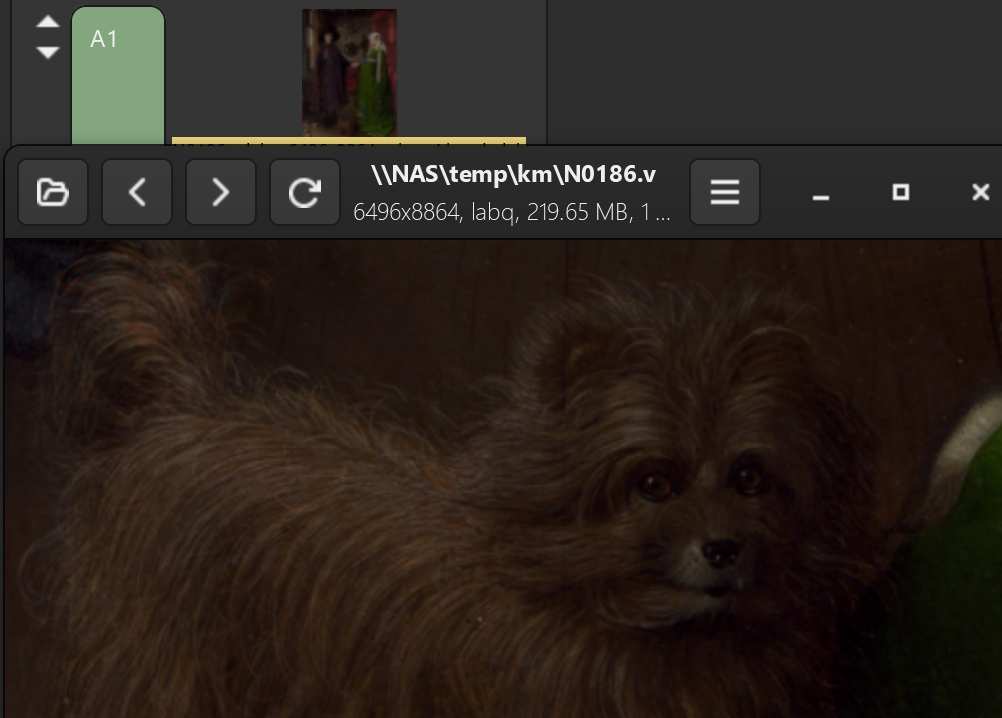
Completing 50 north American resorts



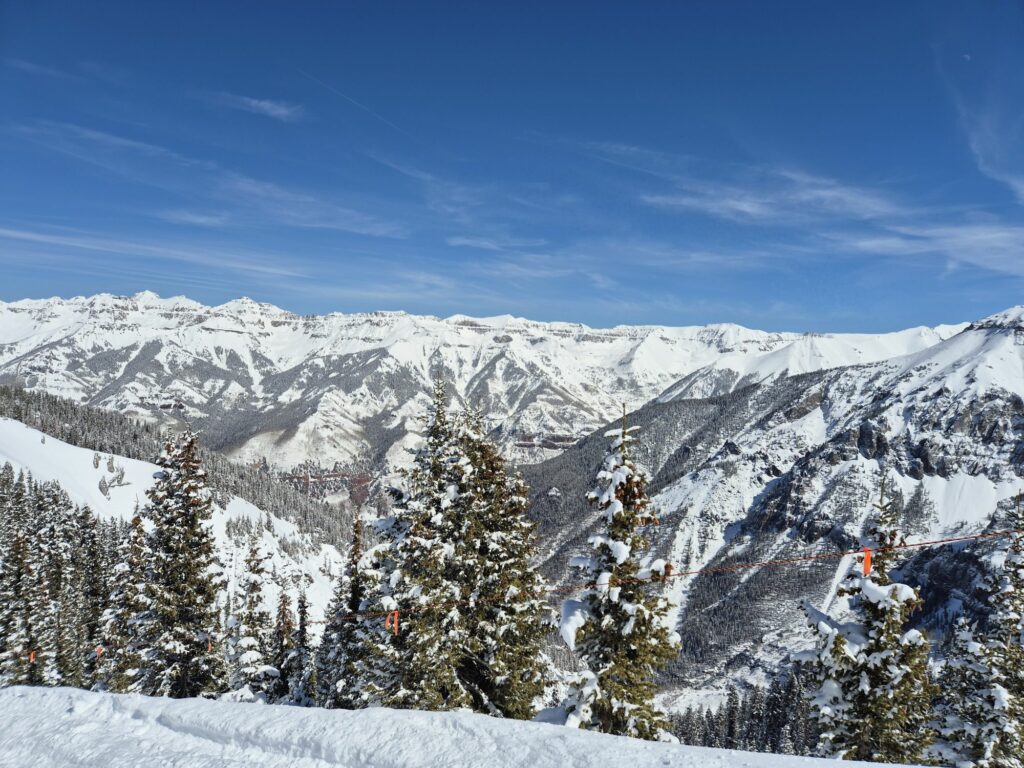
Donna Nook 2024 (about 1500 seal pups)

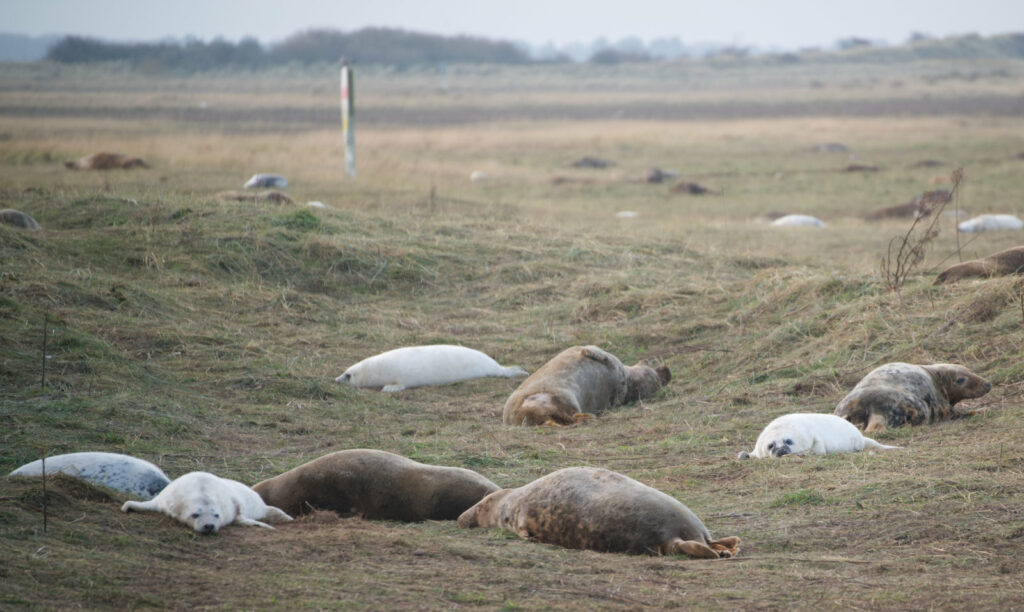


This stuff has matured a lot – and uses technology from the old SUN Solaris days (ZFS) so I built some tests to learn how useful it would be for backup servers and maybe home NAS.
this example uses two pairs of mirrored SSDs – technically two Vdevs – joined in a Pool. Yes too many acronyms! A big file read test uncached is about 1.6 GB/s showing how fast this design is! One thing that’s nice about TrueNAS scale is you get the simple web setup but its just a debian server if you log into it. Whats is less fun is how complex the possible storage setup is. Next test was unplug one of these drives and see what the recovery process is – and it worked – plugging similar drive in and clicking to rebuild.
OK would I be able to read a disk elsewhere?- so ZFS force import on another server can read a drive – good!
Not so good is the block on adding any packages with apt – I guess it reduces risks. I tried an app (file manager) and didn’t like the mechanism.
I built a Jonsbo N4 box with an Asrock N100 motherboard and a little nvme to 5 sata port board, plus melanox 10GbE network card… uses 22-29W with just these SSDs. Then I reboxed it in a Fractal Design Node 804 for more space and better airflow.

Photography museum and Swedish cake


I’ve gone for a full set for the i4.. which means I can clean and coat the BMW ones 😃
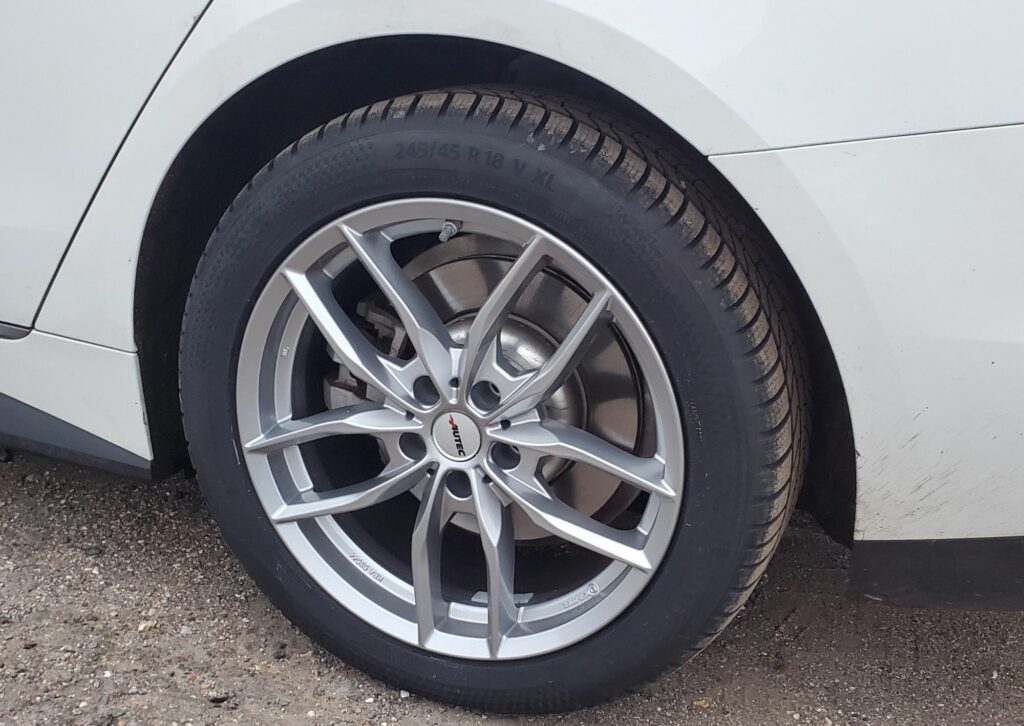
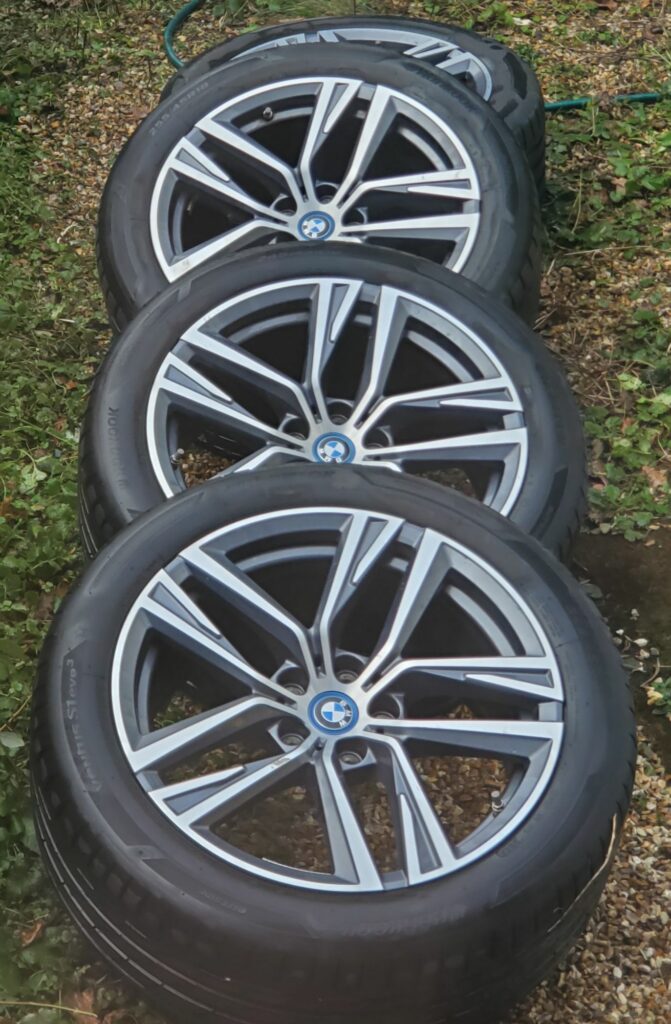
Had a couple of days relaxing with great musicians. Such a nice festival in Newport witha mixture of music.

Had an interesting time preparing GPS systems for their Icelandic winter
